Our expertise
The University of Liverpool's Open Innovation Hub specialises in surface analysis across a number of materials, including ceramics, metals and polymers.
Our state-of-the-art equipment and expert staff are available to provide the highest quality of surface analysis. The range of instruments available allows surface analysis ranging from high resolution topography to wetting characteristics and spectroscopy. The surface analysis techniques are combined on the same site with a dedicated microbiological lab which enables antimicrobial testing of the surfaces.
To enquire about using any of these facilities, please contact our research team with details of your research enquiry at antimicrobialsurfaces@liverpool.ac.uk or by phone at +44 (0)151 794 3541.
,module.jpg)
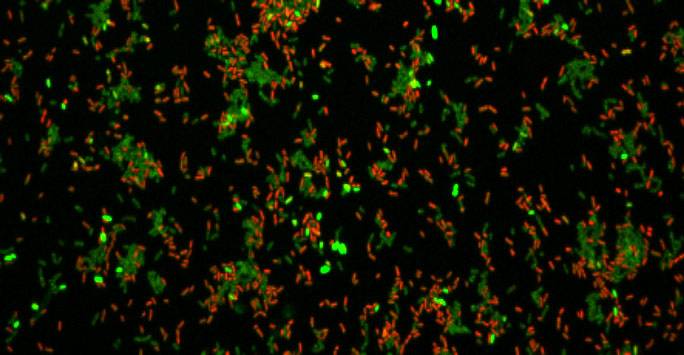
,Analysis.jpg)
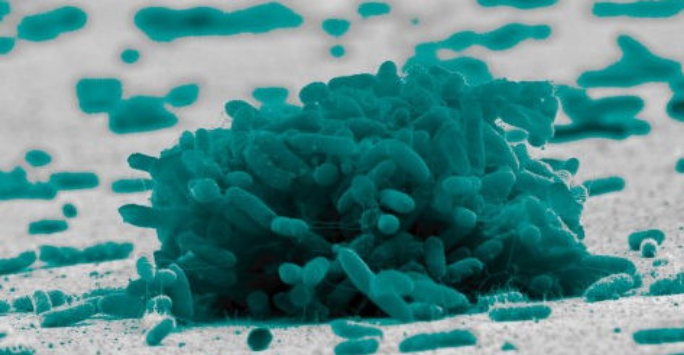
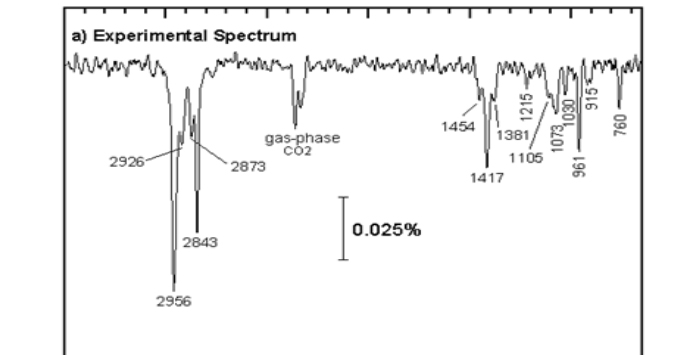
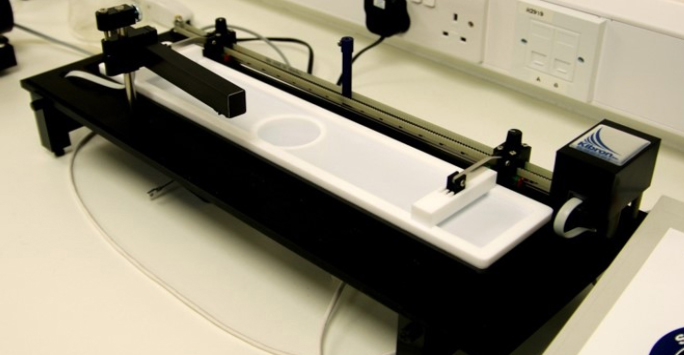
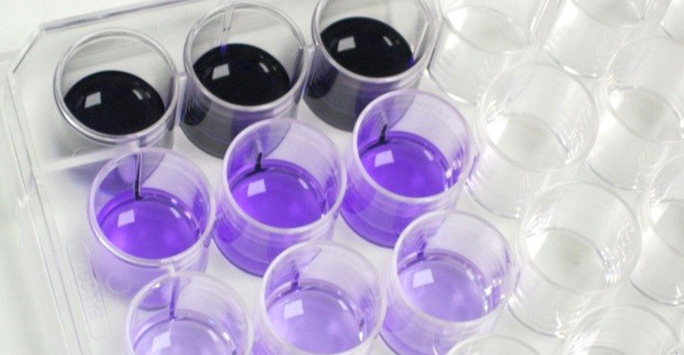
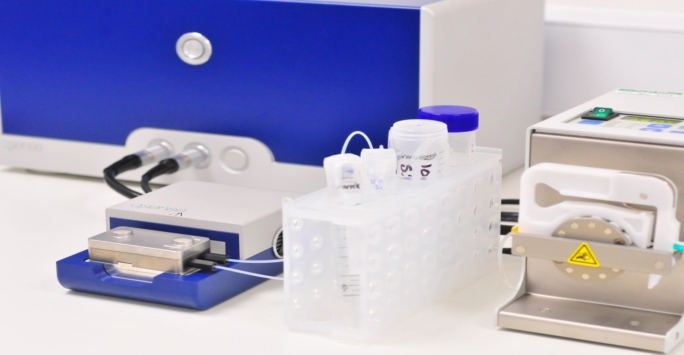
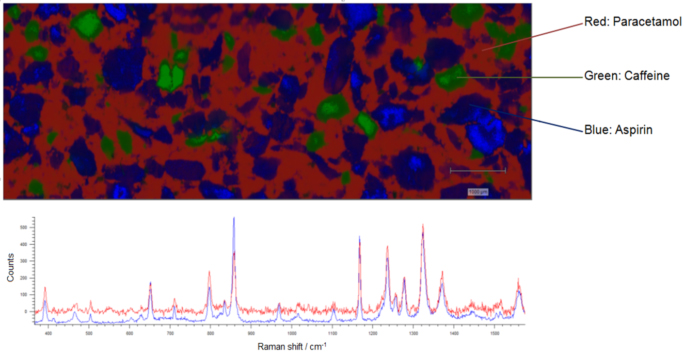
,module.jpg)
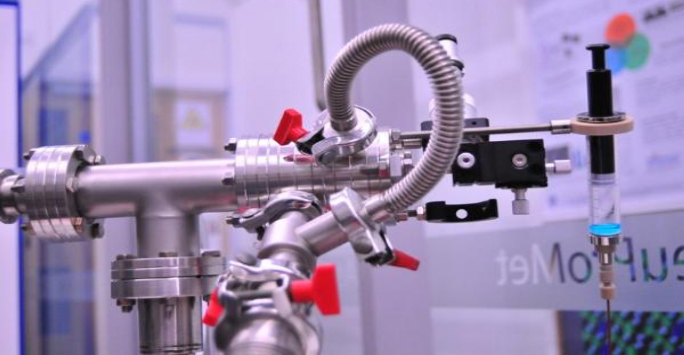
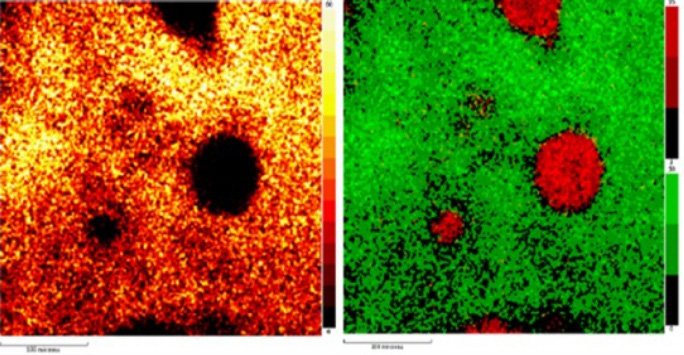
.jpeg)